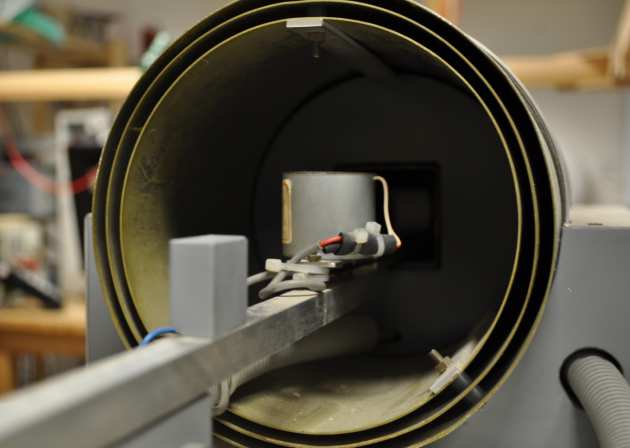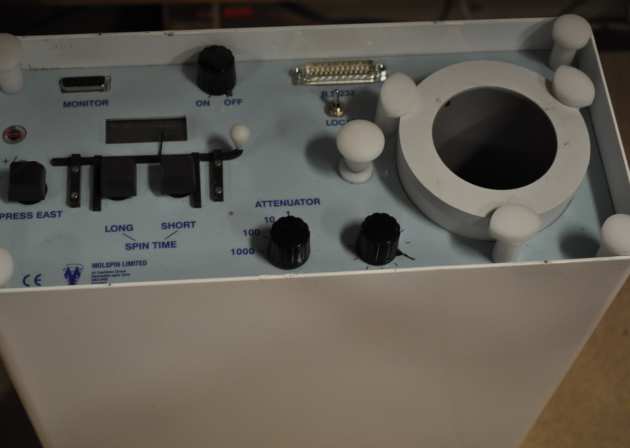The Natural Magnetism Group has the following facilities and equipment in the White City Lab:
- 1x 2G SQUID magnetometer (vertical).
- 4x spinner magnetometeers
- 1x Orion high-temperature low-field VSM (one of only 3 worldwide)
- 4x palaeomagnetic ovens (with heating options in He)
- 3 x Alternating field demagnetisers (maximum field 300 mT (highest available) + tumbling (better than static))
- Princeton Vibrating Sample Magnetometer with furnace. This is ideal for doing detailed rock magnetic analysis, using a method called FORCs (something I specialise in). This allows us to accurately quantify grain sizes etc. We also have the AGM option for this.
- Agico Kappa-bridge (susceptibility bridge) with high and low-temperature furnace, and anisotropy (AMS) option. We can look at Curie temperatures, low-temperature phases and magnetic fabrics with this.
- A range of other susceptibility metres, including an in-house core-logger.
In the SPIN-lab lab (in Imperial's Department of Materials); where Prof Adrian Muxworthy is a Co-I:
- A new (2019) Quantum Design Magnetic Properties Measurement System (MPMS). This uses SQUID technology to understand magnetic mineralogy and grain sizes (temperature range 1.8 to 1100 K, maximum field 9 T), examining transitions, e.g., Besnus transition in pyrrhotite at ~34 K.
- 2x Electron Paramagnetc Resonance EPR systems. These are not routinely employed in the earth sciences, but I've just started doing some measurements on some North Sea sediments, with interesting results.
Facilities Images
Images of Facilities




--tojpeg_1453306965159_x2.jpg)
--tojpeg_1453307057851_x2.jpg)

--tojpeg_1453307239189_x2.jpg)


